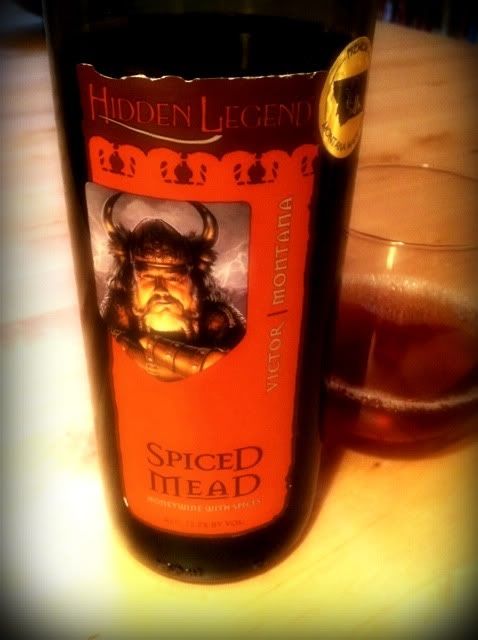What started as an idle thought - "can I taste wines from all 50 U.S. states?" - has become a personal mission. Now And Zin's Wine Country series debuted nearly a decade ago, and we have now tasted wine from 45 states. Just five to go - Alaska, Mississippi, Oklahoma, Utah and Wyoming.
Now And Zin's Wine Country started with a series about wines made from America's Norton grape, in which I sampled wine from Missouri, Virginia and Georgia for the first time. I was surprised by the quality and fascinated by the notion of wine tasting across America.
If you can make good wine in California, that's expected - not that it's easy, but it seems that's what you're supposed to do with great soil and perfect weather. Making good wine in areas of the country where nature isn't quite as accommodating is a real achievement.
I've heard from American winemakers about Indiana limestone, Cornell grape creations and moderating winds from - of all places - Lake Erie. I've heard winemakers cry in anguish, "I want to make dry wines, but all my customers want is sweet!"
I've sampled mead from Montana and Maine, Muscadine from Alabama and Kentucky Cabernet Franc. I've had a Super Tuscan-style blend from Arizona, mile-high wine from Colorado, amazing bubbles from Massachusetts, Michigan and Illinois, Zinfandel from Nevada and New Mexico, New York Riesling, New Jersey Merlot and North Carolina Chardonnay.
I've tried wine made from Vermont apples, Florida blueberries, North Dakota rhubarb, West Virginia blackberries and Hawaiian Maui pineapples.
Two Nebraska wines are named after pelicans; a South Dakota winemaker uses Petite Sirah to take the acidic edge off the Frontenac. There's Touriga Nacional growing in Tennessee.
Most of the wines for this series have been supplied by the winemakers for the purpose of the article, while some have been sent by friends of mine who had travel plans to a state I had yet to taste. To all who have sent wine for this project, I offer my heartfelt thanks.
It has taken nine years to sample wine from 45 states, so the end is in sight. Shipping wine in the United States has proven to be a stumbling block on more than one occasion.
Contacts made in Utah and Oklahoma have dropped out of sight, while responses are hard to come by at all from Alaska, Wyoming and Mississippi. I am sure for some of these states, I'll probably have to find someone who makes wine in their garage. Any Mississippi garagistes out there?
While we are on the subject, if you know a winemaker in the states which haven't been covered in Wine Country yet - Alaska, Mississippi, Oklahoma, Utah and Wyoming - please pass this article along to them. Even if they can't ship to me, I'd love to hear from them.
Also, one state which has been left blank is California. Of course, I sample a lot of California wine, so finding it isn't the problem. I want to determine one wine or winery which is representative of California for this series. If you have any thoughts, I'd love to hear them. Comment here, email nowandzin@gmail.com or contact me on Twitter.
Follow Randy Fuller on Twitter

 Hidden Legend Spiced MeadLabelled as "honeywine with spices" this beverage carries a suggestion that you "heat it with a stick of cinnamon or serve it over ice with a sprig of mint." It’s a beautiful reddish-brown color, rich, dark and inviting in the glass. The nose is fascinating, with honey dripping from it and spices coloring, but not covering those notes. The aromas remind me first of a Bit-O-Honey candy, then of cinnamon and allspice, and finally a waxy scent wafting up. The honey aromas aren’t really sweet - they are reminiscent of dark honey, like avocado honey or even chestnut honey.
Hidden Legend Spiced MeadLabelled as "honeywine with spices" this beverage carries a suggestion that you "heat it with a stick of cinnamon or serve it over ice with a sprig of mint." It’s a beautiful reddish-brown color, rich, dark and inviting in the glass. The nose is fascinating, with honey dripping from it and spices coloring, but not covering those notes. The aromas remind me first of a Bit-O-Honey candy, then of cinnamon and allspice, and finally a waxy scent wafting up. The honey aromas aren’t really sweet - they are reminiscent of dark honey, like avocado honey or even chestnut honey. Hidden Legend Wild Chokecherry Mead
Hidden Legend Wild Chokecherry Mead